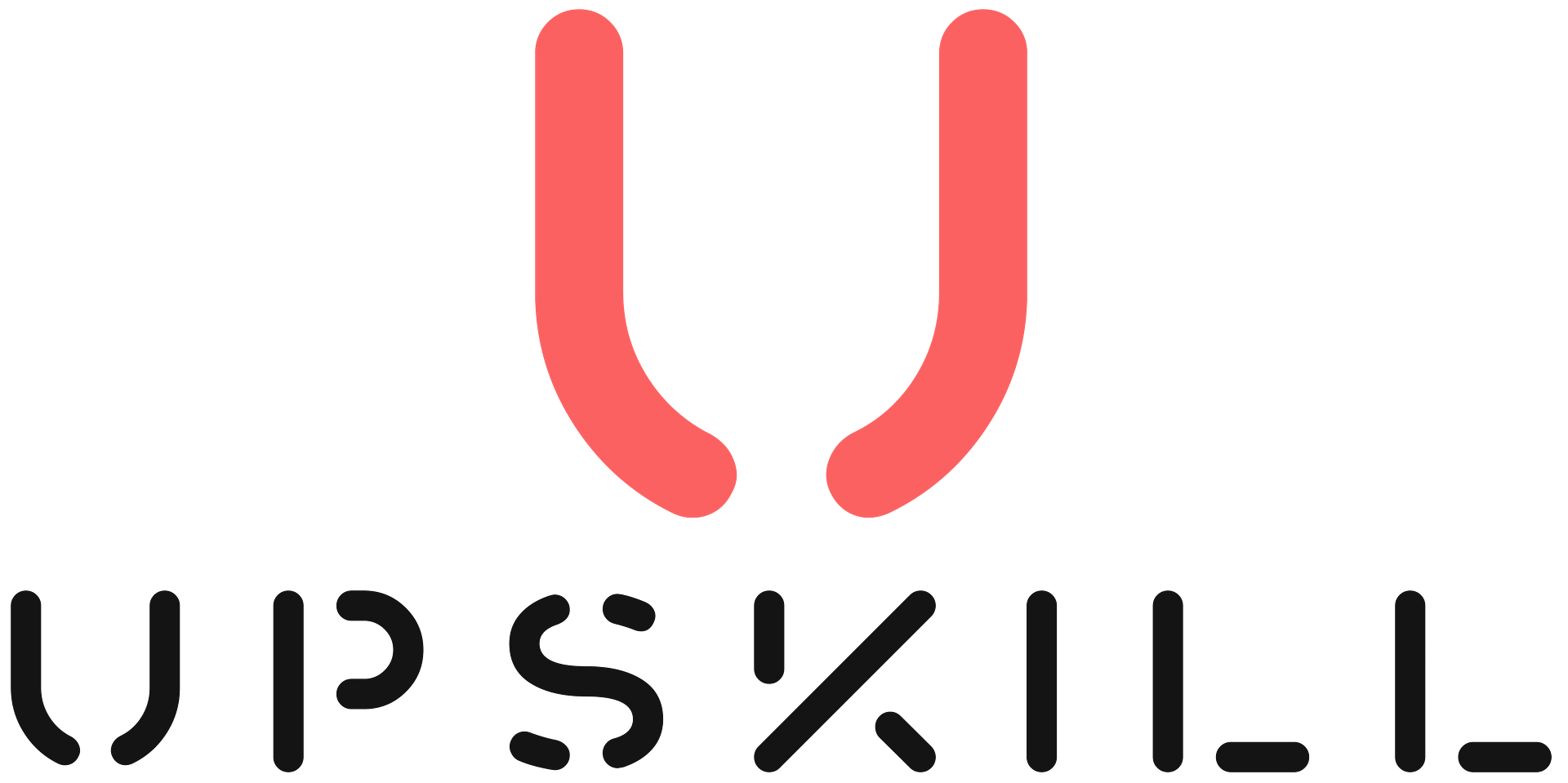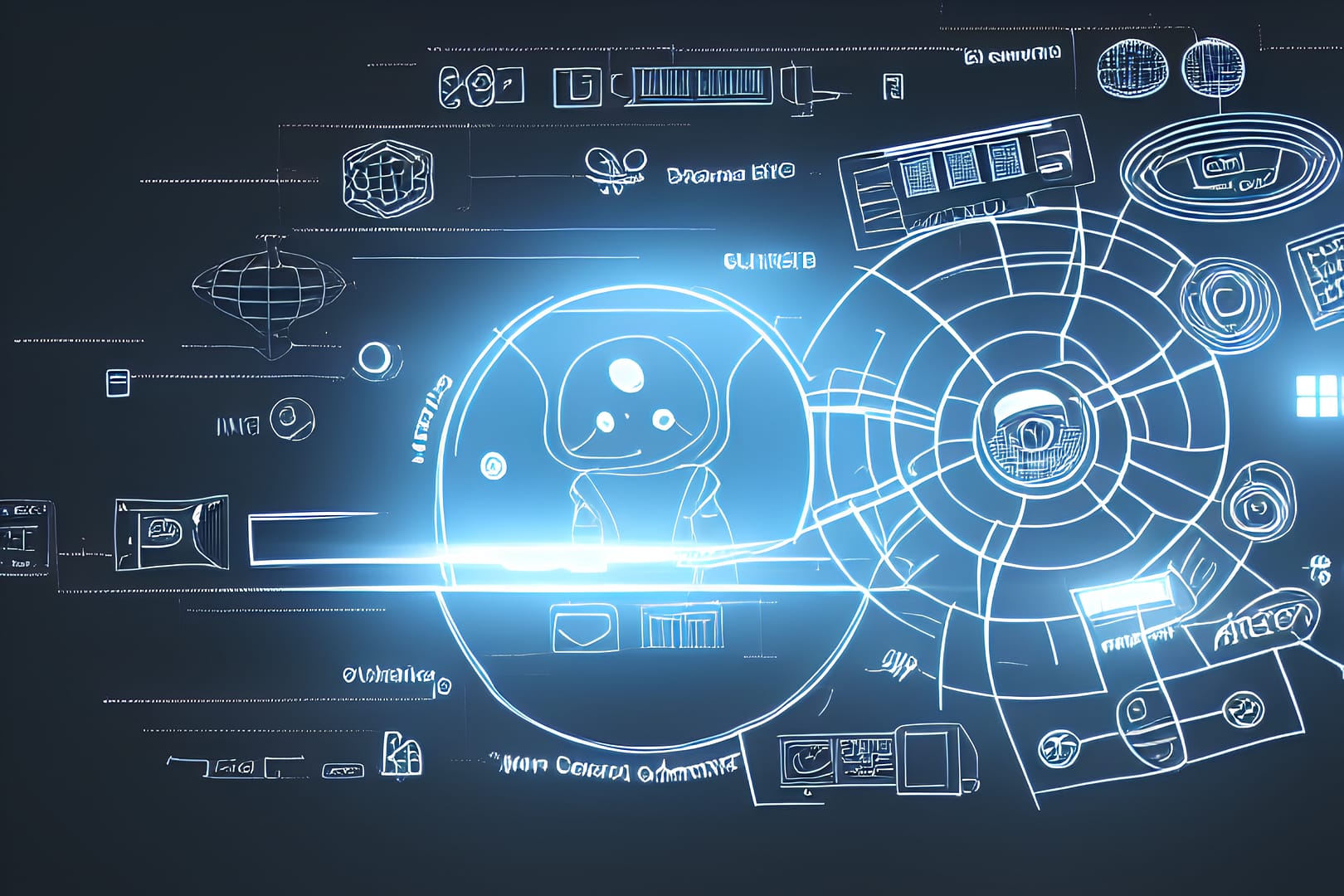Web3, also known as the decentralized web, is a new generation of the internet that is built on top of decentralized technologies such as blockchain and peer-to-peer networks. It represents a shift away from the traditional centralized model of the internet, where a small number of companies control the flow of information and resources, towards a more open, decentralized, and inclusive model. Web3 has the potential to transform a wide range of industries and applications, including finance, identity, social networking, and gaming.
Table of Contents
Overview
Web3 is the next generation of the internet that aims to provide a more secure, private, and decentralized experience for users. It is built on blockchain technology, which is a decentralized and distributed ledger technology that allows for secure and transparent transactions. The key concepts in Web3 include:
- Blockchain technology: A decentralized, distributed ledger technology that allows for secure and transparent transactions. It is a key component of Web3 as it enables the decentralization of data and applications.
- Smart Contracts: These are self-executing contracts with the terms of the agreement written directly into lines of code. Smart contracts can automate and streamline processes, and can be used to facilitate transactions, store and transfer assets, and manage digital identities.
- Cryptocurrency: A digital or virtual currency that uses cryptography for security. Cryptocurrencies like Bitcoin and Ethereum are built on blockchain technology and can be used as a means of exchange and store of value on the decentralized web.
- P2P networks: Peer-to-peer networks where users can interact directly with each other without the need for a central authority. The decentralized web relies on P2P networks to facilitate interactions and transactions.
- Distributed ledger technology: A system where records of transactions are maintained across a network of computers. This technology enables the decentralization of data and eliminates the need for central authority.
Background
The history of the decentralized web can be traced back to the creation of peer-to-peer networks in the late 1990s and early 2000s. These networks allowed for the sharing of files and resources without the need for a central authority.
The launch of Bitcoin in 2009 and Ethereum in 2014 marked a significant step forward in the development of the decentralized web. Ethereum’s smart contract functionality allowed for the creation of decentralized applications (dApps) on top of the blockchain. This paved the way for the development of decentralized finance (DeFi) platforms, decentralized autonomous organizations (DAOs), and decentralized identity solutions.
Web3 vs Web2: What’s the difference?
Web2 is the traditional model of the internet, which is characterized by centralized platforms and services that control the flow of information and resources. Web2 platforms, such as Google, Facebook, and Amazon, rely on centralized servers and databases to store and manage data, and use proprietary algorithms and policies to control access to and use of that data.
Web3, on the other hand, is based on decentralized technologies such as blockchain and peer-to-peer networks. Web3 platforms and applications operate on a decentralized network of computers and use open protocols and standards to manage data and transactions. This means that users have more control over their own data and assets, and there is no central point of control or censorship.
Strengths of Web3
- User control: Users have greater control over their data and online identity. In the centralized internet, users’ data is often controlled by a small number of tech giants, leading to privacy concerns. In contrast, Web3 allows for the creation of decentralized platforms where users have full control over their data.
- Censorship resistant: Web3 is its resistance to censorship. In the centralized internet, governments and other organizations have the power to censor and restrict the flow of information. In the decentralized web, there is no central point of control, making it much more difficult to censor.
Weaknesses of Web3
- Scalability: The current infrastructure of the decentralized web is not able to handle the same volume of transactions as the centralized internet. This is an ongoing area of research and development in the field.
- Complexity: The technology and concepts behind the decentralized web can be difficult to understand for those new to the field.
Categories of Web3
There are several key components that are needed to build and operate Web3 applications and platforms:
- Decentralized Applications (dApps): dApps are decentralized applications that operate on a decentralized network of computers. They are not controlled by any single entity and use open protocols and standards to manage data and transactions. Some examples of popular dApps include CryptoKitties, a game that allows users to breed and trade virtual cats using blockchain technology, and Augur, a decentralized prediction market platform.
- Decentralized Finance (DeFi) Platforms: DeFi platforms are decentralized financial applications that operate on a blockchain or another decentralized network. They include decentralized exchanges (DEXs), which allow users to trade cryptocurrencies and other assets without the need for a central exchange, and DeFi protocols such as Compound, MakerDAO, and Uniswap, which enable users to lend and borrow cryptocurrency and earn interest. DeFi also includes Defi lending and borrowing platforms, Defi yield farming, Defi Governance, Defi analytics tools such as Dune analytics and Defi Pulse, and Defi portfolio management tools such as Zerion and Defisaver.
- Decentralized Autonomous Organizations (DAOs): DAOs are decentralized organizations that are governed by smart contracts and operate on a blockchain or another decentralized network. They use governance models such as voting and staking to make decisions and can be used for a wide range of applications including fundraising, decision making, and community building. Some examples of popular DAO platforms include Aragon and Colony. DAO governance tools such as Snapshot and DAOstack are also available for managing and participating in DAOs.
- Decentralized Identity Management Systems: Decentralized identity management systems allow users to own and control their own digital identity, rather than relying on centralized institutions to manage it for them. These systems can be based on protocols such as self-sovereign identity (SSI) or decentralized identity protocols such as Sovrin and uPort. Decentralized identity verifiers such as Civic and The Key can be used to verify and authenticate identities, and decentralized identity wallets such as Torus and MetaMask can be used to store and manage identity information.
- Decentralized Content Distribution Platforms: Decentralized content distribution platforms use decentralized technologies such as peer-to-peer networks and blockchain to distribute and store content, rather than relying on centralized servers. Some examples of decentralized content distribution platforms include IPFS, Whisper, Swarm, Filecoin, Textile, Graph, Arweave, and Infura.
- The Metaverse: The Metaverse is a virtual world that is built on top of Web3 technologies. It includes virtual world platforms such as Decentraland, Sandbox, and VR Chat, and virtual world development tools such as Unity and Unreal Engine. The Metaverse also includes 3D modeling and animation tools such as Blender and Maya, and game development tools such as Unity and Unreal Engine.
How to Interact with Web3
One of the key aspects of the decentralized web, or Web3, is the use of various tools that enable users to access and interact with the decentralized applications (dApps) and infrastructure that make up the decentralized web. These tools include web3-enabled browsers, cryptocurrency wallets, smart contract development platforms, and decentralized storage solutions.
Examples of Web3 Technology Tools
- Web3-enabled browsers: These are special browsers that have built-in support for dApps and can interact with the Ethereum blockchain. Examples include Brave, Opera, and MetaMask. They provide a user-friendly interface for users to interact with dApps without the need to have technical knowledge of blockchain technology.
- Cryptocurrency wallets: These are used to store and manage cryptocurrencies and can also be used to interact with dApps. Examples include MetaMask, MyEtherWallet, and Trezor. They allow users to safely store their private keys and perform transactions on the blockchain.
- Smart contract development platforms: These platforms allow developers to build and deploy smart contracts on the Ethereum blockchain. Examples include Truffle, Embark, and OpenZeppelin. They provide a suite of tools and libraries for developers to easily create and deploy smart contracts.
- Decentralized storage solutions: These solutions allow users to store and share data in a decentralized way, without relying on centralized servers. Examples include IPFS and Swarm. They provide a way to store data on the blockchain and share it with others.
Examples of Common Tasks in Web3
- Interacting with dApps: Users can access and use dApps through web3-enabled browsers. This can include tasks such as making transactions, voting on proposals, and accessing decentralized services.
- Managing cryptocurrencies: Users can use their cryptocurrency wallets to store, send, and receive cryptocurrencies such as Ethereum and other ERC-20 tokens.
- Developing and deploying smart contracts: Developers can use smart contract development platforms to build and deploy smart contracts on the Ethereum blockchain.
- Storing and sharing data: Users can use decentralized storage solutions to store and share data in a decentralized way.
Understanding the different types of tools and their functions is important for anyone looking to use and explore the decentralized web.
Conclusion
Web3, is a new and exciting way to build and interact with the internet, but it’s important to be aware of the technical requirements and tools you’ll need to get started. By understanding the various elements of the decentralized web, such as Decentralized Applications (dApps), Decentralized Finance (DeFi), Decentralized Autonomous Organizations (DAO), Decentralized Identity and Decentralized Content Distribution, users can take full advantage of the decentralized web’s potential. The tools like web3-enabled browsers, cryptocurrency wallets, smart contract development platforms, and decentralized storage solutions, play a crucial role in making this ecosystem functional and user-friendly.



